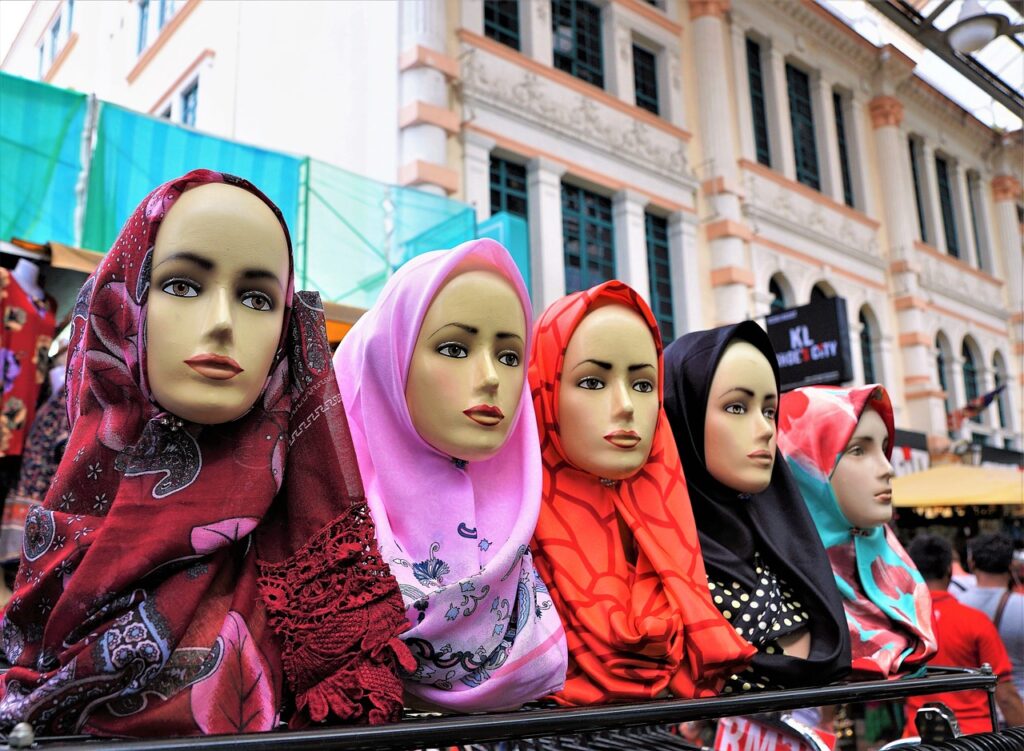Let’s take a brief look at life in Saudi Arabia as a woman.
Women in Saudi Arabia are now able to obtain their passports, travel abroad, and live without the need for a male guardian, known as a “wali,” in a surprise set of social reforms that were previously prohibited under the kingdom’s strict Islamic law.
Crown Prince Mohammed bin Salman announced in 2017 that women would be allowed to drive in Saudi Arabia for the first time, as part of his plans to modernize the Middle East nation.
The reforms, along with his Vision 2030 strategy, are designed to help Saudi Arabia eliminate the “remnants of extremism” and adopt a more “moderate” version of Islamic law.
Despite these reforms, the country’s restrictions on women’s rights remain severe. While women are now able to travel to Mecca without male guardians – something one woman described as a “miracle” – they must still join a group of men. Men must still permit women to marry, open businesses, leave prison or leave domestic abuse shelters.
Some critics argue that the reforms are simply a form of “propaganda” and do not have a significant impact on human rights. “Saudi Arabia’s human rights record has not improved significantly in recent years due to the imprisonment of women’s rights activists and the continued restrictions on women’s freedom of opinion,” Duaa said in a statement to Deutsche Welle. “In many households, it is still up to women to negotiate their freedoms with male relatives.”
Despite the reforms, Saudi Arabia is still one of the ten worst-ranked countries in the world for women’s rights, according to a 2021 World Economic Forum report on the global gender gap.
Life In Saudi Arabia As A Woman
Here are some of the restrictions women face in Saudi Arabia:
1. Dress codes
Saudi Arabia has a dress code for women that varies from city to city. Women must dress modestly, which means tight-fitting clothes and materials that are not see-through are not allowed. Wearing heavy makeup is also not allowed.
Read Also: 7 Ways To Create A Personal Development Plan To Achieve Your Goals
In Saudi Arabia, the traditional abaya is a long loose garment that usually has a black head scarf or niqab, which was the standard until the late 20th century. When in public, the abaya is usually worn over a woman’s clothing.
In 2018, the crown prince somewhat eased the dress code, saying that women do not need to wear abayas in public.
Some conservative Saudis still wear black abayas, but in cities, many are opting for more conservative but creative options, such as sporty jumpsuits and business-cut robes, as well as kimonos.
Since 2016, King Salman removed the religious police from the Saudi dress code enforcers, the newspaper continued.
2. Interaction with men
Saudi Arabia is one of the most gender-biased countries in the world. In the past, women have faced restrictions on how much time they can spend with men they are not related to. Public transport, parks, and beaches across much of the country also have strict gender-based restrictions.
Previously, unlawful mixing has resulted in criminal charges for both sides, but women have usually been punished more harshly.
As of December 2019, restaurants no longer had to allow men and women to enter at the same time, and some even stopped enforcing segregation altogether.
Although gender segregation has not been mandatory since 2005, employers continue to keep the sexes separate “to reconcile the traditional values of a predominantly male labor force with the government’s desire to attract more women into the workforce,” according to The Guardian.
However, one company has chosen to employ women based on gender to promote female empowerment.
In 2021, LuLu, a supermarket chain, opened its first all-female store in the city of Jeddah, according to its general manager Maha Mohammed alqarni. She added that it was “a great privilege” to represent the “growing community” of Saudi women, who are “supporting the development of the economy”.
3. Choosing to have an abortion
In Saudi Arabia, a male guardian must approve a woman to have a legal abortion. The law allows abortion only for health or therapeutic reasons, according to the Center for Reproductive Rights.
In 2020, Saudi Arabia was one of 32 countries, including the United States, Belarus, and Hungary, that signed the “Geneva Consensus Declaration,” which argues that there is no “international right to abortion” and that there is no international obligation for states to fund or facilitate abortion.
According to an online expat resource, many women living in Saudi Arabia will go back to their home country to end a pregnancy.
4. Restrictions on family life
In Saudi Arabia, there is no family law, so domestic matters like marriage and divorce are governed by Sharia law. Women must have permission from a male guardian to get married, and divorce is more complicated for women than for men.
There was no rule to prevent Saudi women from getting divorced without their knowledge until 2019, which meant they were not aware of their alimony entitlements.
According to The New York Times, the Crown Prince “appears determined to pursue his social agenda” but “the gap between conservative and liberal families can be wide”.
With so many women’s rights contingent on a male guardian’s permission, and despite the many social reforms that have been implemented over the past 2 years, the situation of women in Saudi Arabia is still very restrictive.


